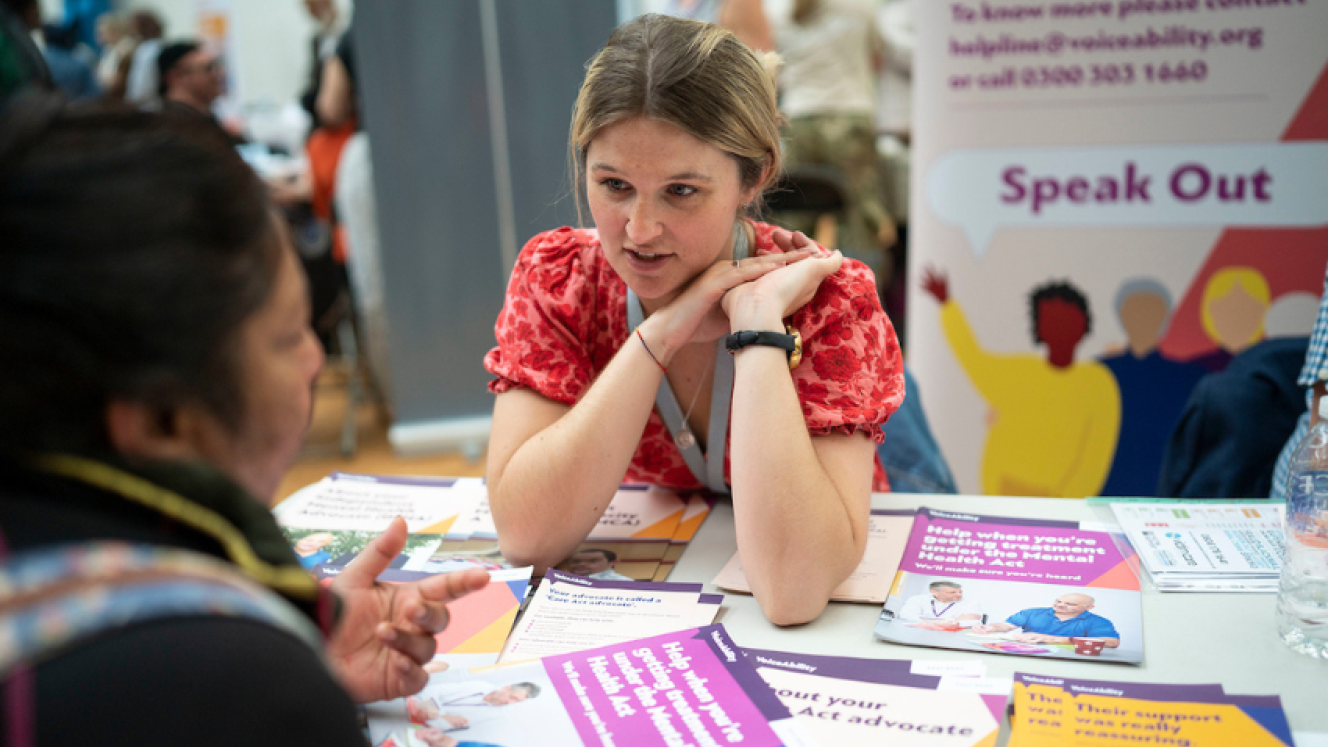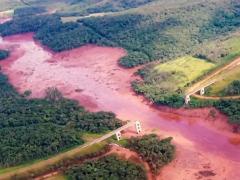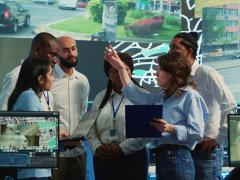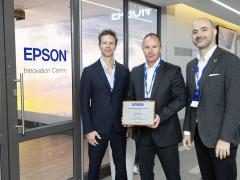Chris R Burger, Senior Researcher at the Spectrum Access and Management Innovation Research Group at the Council for Scientific and Industrial Research (CSIR), discusses telecommunications and energy efficiency.
Increasing discussion about humanity’s use of resources is constantly escalating. More recently, these concerns have been formalised into development goals that aim to ensure that we do not deplete irreplaceable resources at a rate that will get us into trouble.
Initiatives to fix these trends have been going on for decades. Most of them revolve around reduced consumption of fossil fuels, attempts to reduce greenhouse gas emissions and recycling. In telecommunications, these efforts largely involve energy efficiency, solar or wind energy and recovering valuable materials like gold from decommissioned consumer electronics. Some network operators have also attempted to encourage consumers to change their behaviour, extending the lifetime of smartphones and returning decommissioned devices for refurbishment or recycling.
The CSIR’s Spectrum Access and Management Innovation (SAMI) research group works on various aspects of mobile communications. As the name implies, frequency allocation and efficiency are major topics. The Group’s major success in this regard has been the television whitespace (TVWS) system, which dynamically allocates locally-disused UHF broadcast spectrum for Internet access, allowing relatively long-range access in sparsely-populated areas. SAMI’s systems are used in many countries. SAMI provides TVWS management systems and services to national regulators in several countries, including South Africa and the UK.
More recently, the emphasis has moved towards mobile networks. The Group and a sister research group focusing on core networks have built a 5G Radio Access Network (RAN) testbed based on OpenAirInterface (OAI). The intent is to support small businesses in implementing networks using open technologies, giving them considerable flexibility to implement creative solutions to unique problems in our developing economy. The testbed is built from generic radios and generic servers. With this open-source solution, SAMI has complete control of all aspects of the network, including the ability to implement new features and protocols that may become part of future generations, such as 6G.
This testbed is now also being used to measure energy efficiency in such networks. With the ability to accurately measure and record energy consumption while the testbed performs various functions, it is now possible to monitor the effects of each change on power use. Strategies such as protocol changes, sleep modes and spectrum management can be evaluated and optimised.
As work in energy efficiency progressed, other departments within the CSIR that were involved in environmental sustainability became involved. Their focus areas vary widely, with initiatives in waste management, the built environment, mining, water, climate, energy, agriculture, manufacturing and transport. Indeed, the CSIR hosts the Science, Technology and Innovation for a Circular Economy (STI4CE) centre on behalf of the national Department of Science, Technology and Innovation (DSTI). This centre has already assembled an array of policy documents that are available online. The Circular Economy (CE) refers to a global approach that looks at the use of energy and raw materials during manufacture, energy use during operation and disposal at the end of the useful life of equipment, such that materials are re-used in the most efficient way possible.
During the discussions, it became clear that the focus had been too narrow. Experts were adamant that the energy efficiency of wireless networks and the waste associated with consumer electronics concerned them far less than the potential for ICT to facilitate efficiency in other arenas. The ability to accurately measure, record and report what is happening in other domains is far more exciting to them than the modest energy savings that can be realised within the networks themselves.
A joint team is now ranking the CSIR’s CE initiatives in terms of their potential for enhancement through ICT. Around a quarter of the initiatives in a list of over 110—spanning all areas of the CSIR’s activities—are regarded as benefitting significantly from ICT. The required functions range from telemetry to recording to asset tracking.
Clearly, it is in everyone’s interest that the government’s efforts must both support private industry and facilitate their participation. As a government science council, the CSIR is mandated to help formulate and support government initiatives and the government’s regulatory efforts in industry. Over the next few months, SAMI intends to help formulate government policy to encourage fruitful behaviour, improving South Africa’s progress towards a truly circular economy. The CSIR values the industry’s perspectives and contributions and eagerly anticipates cooperation.














